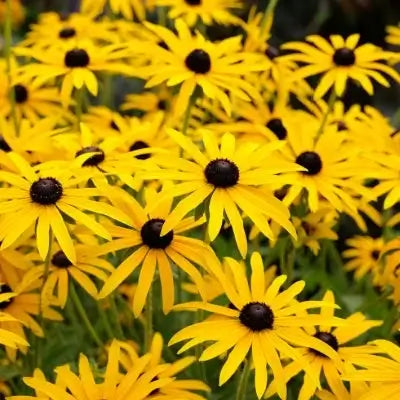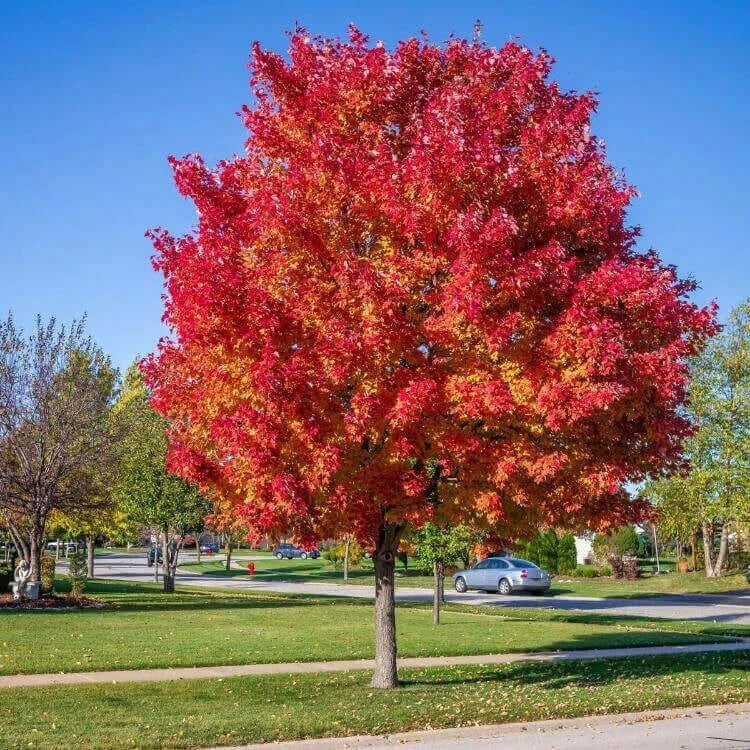Gardening After A Fire
Share
The devasting fires that have been sweeping the country destroy the plants in the landscape as well as buildings. If you have had a wildfire engulf your property, you need to understand how to help the plants grow again. Areas with bare ground often suffer floods and landslides because there is nothing to hold the soil in place.
Fire In Nature
Fires in nature can have a beneficial effect on the landscape.
Release Seeds
There are some trees and other plants that need fire to release their seeds from pinecones and seed capsules. Some species of pines have cones that are sealed by resin. When a fire sweeps through, it melts the resin, and the seeds come out and start to grow. Other plants have tough seed capsules that are too thick to allow the embryo to get through without fire to weaken the capsule.
Remove Invasive Species
Plants in fire prone areas have evolved to co-exist with fire. Their roots may be as long as 25, which lets them sprout quickly after a few and start to grow again. Ponderosa pines have developed thick bark to protect themselves from fire.
Invasive plants do not often have these types of adaptations, so burn in the fire. They have shallower roots and do not recover as fast as native species. This helps native species to crowd out the invasive species.
Make Nutrients Available
Forest logs take a while to decompose. A fire can reduce them to ash in an afternoon, releasing the nutrients in them. These nutrients then feed recovering plants so they can grow quickly.
Open Canopy
Fires help rejuvenate forests by opening up the canopy and letting sunshine hit new areas. This allows more of the sprouting seeds to get enough sunlight to survive and grow. Wildlife comes to eat the newly sprouted plants, repopulating the area.
Helping Plants Recover
Of course, the benefits of fire are in natural areas. Fires that destroy structures are not welcome. Many trees take six to twelve months to recover, while perennials will recover faster.
Wash Plants
First, wash trees and other plants down well. This removes the ash that blankets their leaves and prevents photosynthesis. Washing down the landscape also helps the nutrients in the ash soak into the soil.
Cut Smaller Plants
Smaller plants, like perennials, that have suffered significant damage can be cut to the ground. Most will grow from the roots and be fine in a year.
Assessing The Damage to Trees
If the trunk is severely burned more than 50% around the trunk, the tree is unlikely to survive and should be removed. Buds that are still green and moist are alive. Buds that are dried and brown are dead. Evergreens with less than fifty percent of live buds are unlikely to survive. Conifers that have had parts of the crown on fire probably won’t survive unless at least ten percent of the crown is still green. Fire stressed trees are very vulnerable to bark beetles and boring insects.
Dry Soil Needs Water
If the fire was very hot, it may have sucked all the moisture out of the soil. Sometimes, the soil is baked and won’t absorb water. If a cup of water poured on the soil beads and runs off, scrap the top inch of soil off so it will absorb the water. Water the soil deeply until it can’t absorb any more water.
Refrain From Pruning Trees Afer A Fire
If you have a large tree, you should not prune it for a year unless it has obviously broken limbs. It can take that long to see what branches are going to recover and what is dead. All plants need as much of their leaf mass as they have to photosynthesize energy to repair the damage done to them. If you are not cutting them to the ground, skip the pruning this year.
Get A Professional Arborist
When it becomes obvious a large tree branch needs pruning, get an arborist to do the pruning. They will know the best way to prune the tree to avoid harming it. They can also tell you exactly what you need to do to help the tree continue to recover.
Replace Landscaping
You may find your landscaping to be a total loss. Now would be a good time to plant native plants in your yard. These are adapted to the rainfall and temperature ranges in your area. Once established, they do not need much attention. Reducing or removing the turfgrass will help conserve water.
Cover the Ground
Fast growing ground covers can be used to cover the soil and reduce erosion until slower growing plants can recover. Plants such as trumpet vine, Virginia creeper, or English ivy grow quickly and will stabilize the soil until other plants can catch up. We also sell a mix of 10 ground covers adapted to your area. Keep any vines from climbing other plants or they will stress those plants.
Fire Wise Landscaping
Landscaping with the threat of fire in mind can help your house survive some wildfires. We have some tips on fire wise landscaping to help you.
Can I Still Eat It After A Fire
If you have a vegetable garden, fruit and nut trees, and berry bushes that have survived the fire, you may wonder if you can still eat the food. You should wash all produce outside, then again in the kitchen. The closer you are to the fire, the more possible risk consuming your produce carries. Structures have many toxic chemicals that are in the ash after a fire. If a structure burned near you, it is safer to discard produce that has ash on it.
If you do eat the produce, peel the skin off tomatoes, apples, and root crops before eating them. Discard the outer leaves from crops like spinach and lettuce. Soaking the food in a white vinegar solution of one cup white vinegar to nine cups water will help life soot off plants that plain water won’t remove. Rinse the solution off before eating the food.
Some ash from a structure fire contains heavy metals. Doing a soil test before replanting food crops is a good idea to make sure it is safe to eat produce grown there. Mulching around vegetable plants and drip irrigation to avoid splashing ash containing soil on the vegetables is also a good idea.
We Can Help
Garden Plants Nursery can help you with information on helping particular plants to recover and advice on what new plants to use. We have both fast-growing trees, shrubs, perennials and groundcovers. Call us at 931.692.7325












